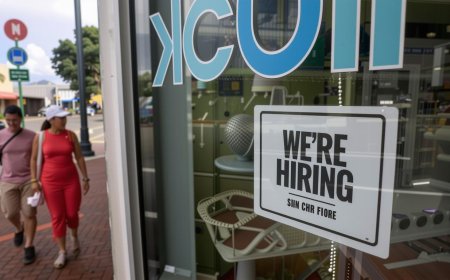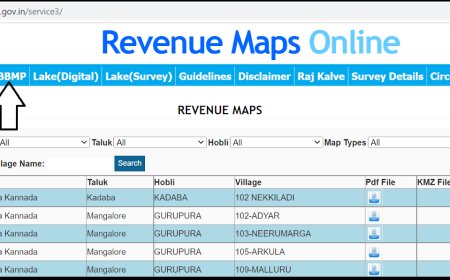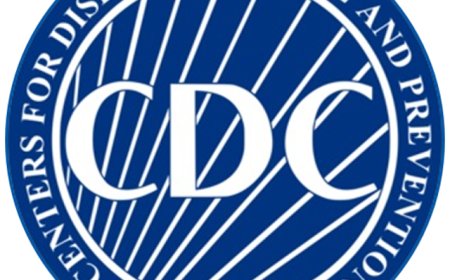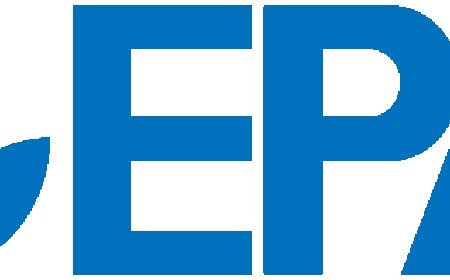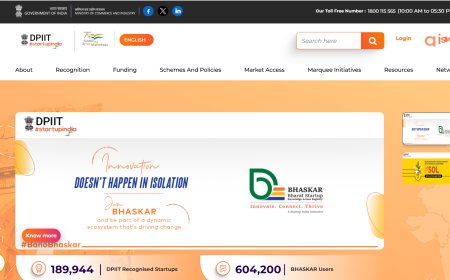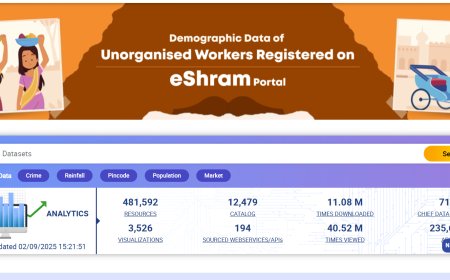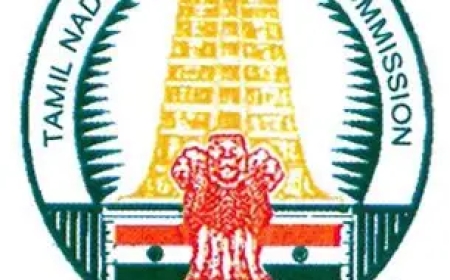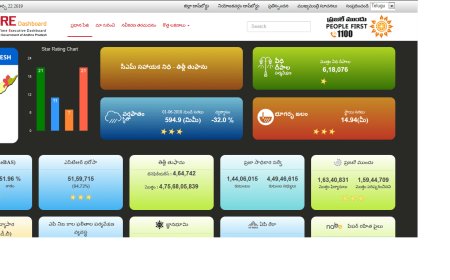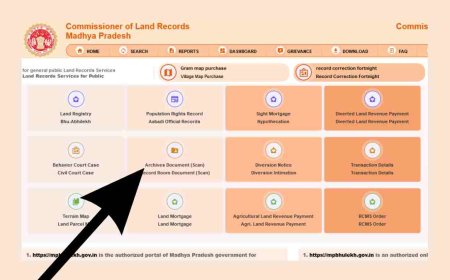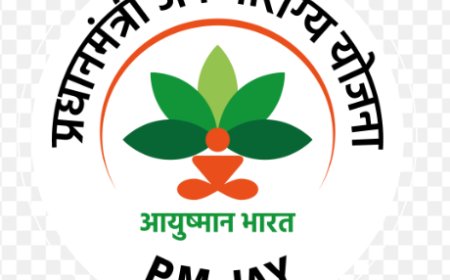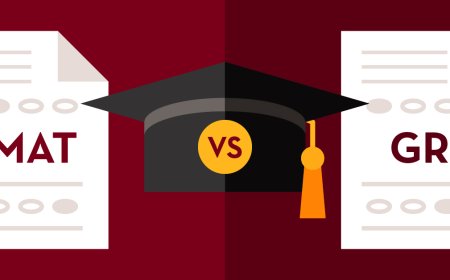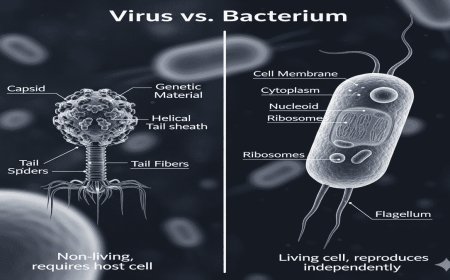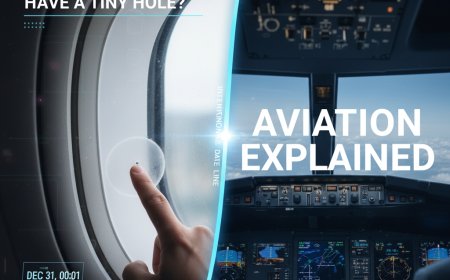How AI is Helping Students Cheat & Schools Fight Back
Explore how AI aids student cheating and how schools combat it, plus solutions for a fair learning environment.

How AI is Helping Students Cheat — and How Schools Are Fighting Back
Artificial Intelligence (AI) has dramatically transformed various aspects of our lives, including education. While AI offers numerous benefits, it also presents challenges, especially regarding academic integrity. The below article explores how students are using AI tools to cheat and how educational institutions are countering this trend.
The Rise of AI in Education
AI tools like ChatGPT, Grammarly, and various automated essay generators have become increasingly popular among students. These tools can generate essays, solve complex equations, and even mimic human conversation, making them appealing shortcuts for academic tasks.
How Students Are Using AI to Cheat
Research indicates that students are leveraging AI for various forms of academic dishonesty. For instance, some use AI-powered paraphrasing tools to disguise plagiarism, while others employ advanced chatbots to answer exam questions in real time. The convenience and accessibility of these tools make them attractive options for students looking to cut corners.
An example of such misuse is the use of AI-generated essays, where students input their assignment prompts into AI systems that then produce full-length essays. These essays can be produced rapidly and tailored to specific requirements, presenting a significant challenge for educators trying to uphold academic integrity.
How Schools Are Fighting Back
Educational institutions are not standing idly by. Schools are adopting several strategies to combat AI-assisted cheating and ensure a fair learning environment for all students.
Implementing Advanced Detection Software
Many schools are turning to sophisticated plagiarism detection software like Turnitin, which now includes AI-detection capabilities. These tools can flag assignments that may have been generated by AI, helping educators identify potential cases of academic dishonesty.
Redesigning Assessment Methods
To reduce opportunities for cheating, some educational institutions are redesigning their assessment methods. For example, they are incorporating more oral exams, project-based assessments, and in-class assignments that require critical thinking and cannot be easily outsourced to AI.
Educating Students on Academic Integrity
Many schools are also focusing on educating students about the importance of academic integrity. Workshops and seminars are being held to discuss the ethical use of technology and the consequences of cheating. By fostering a culture of honesty and responsibility, schools hope to deter students from using AI unethically.
Finding a Balance
While AI can be misused, it also holds potential as a legitimate educational tool. The key is finding a balance where AI supports learning without compromising academic integrity. Encouraging students to use AI for research, learning aids, and enhancing their understanding of complex subjects can turn these tools into allies in education rather than adversaries.
Conclusion
The intersection of AI and education is a double-edged sword. On one hand, AI offers incredible learning opportunities; on the other, it poses challenges to academic integrity. Schools are actively seeking solutions to this dilemma by implementing detection technologies, redesigning assessments, and educating students. The goal is to harness the power of AI to enhance education while maintaining a fair and honest academic environment.
Parents, teachers, and students alike must work together to promote ethical use of AI in education. Learn about these tools, discuss their impact, and find ways to use them responsibly. Share your thoughts and strategies in the comments below to contribute to this important conversation. Share this article if you feel it is useful.
```
What's Your Reaction?
 Like
0
Like
0
 Dislike
0
Dislike
0
 Love
0
Love
0
 Funny
0
Funny
0
 Angry
0
Angry
0
 Sad
0
Sad
0
 Wow
0
Wow
0




